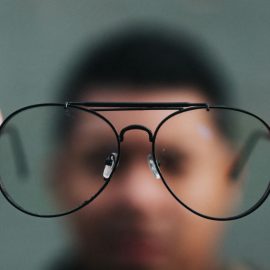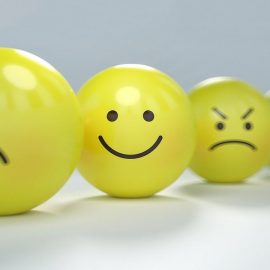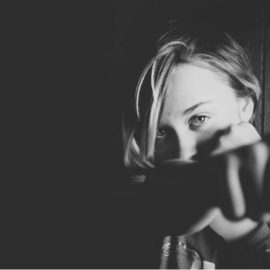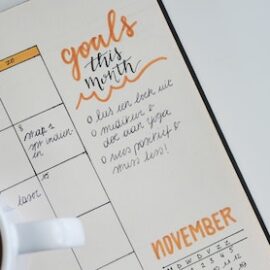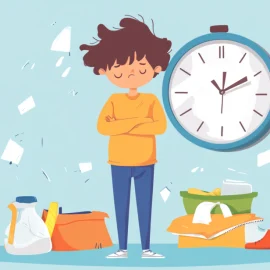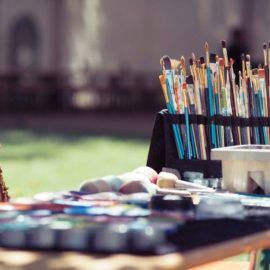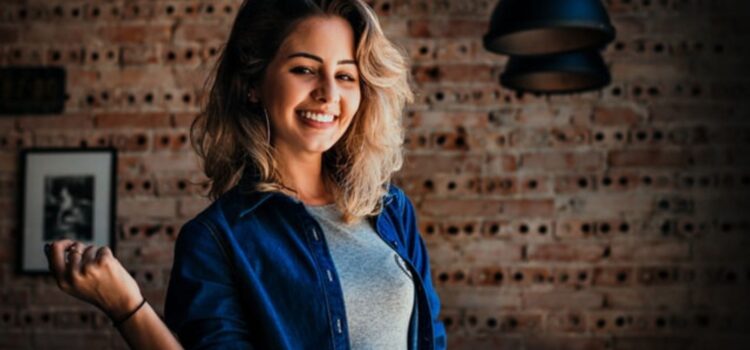
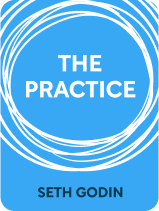
This article is an excerpt from the Shortform book guide to "The Practice" by Seth Godin. Shortform has the world's best summaries and analyses of books you should be reading.
Like this article? Sign up for a free trial here.
Want to learn how to trust yourself? How does trusting yourself improve creative work?
In The Practice, Seth Godin gives five effective strategies for trusting yourself. These strategies will help you gain more confidence as an artist.
Learn how to trust yourself below.
How to Trust Yourself
Godin’s lessons on creativity can be divided into four main principles, the first of which is: To do creative work, you have to learn how to trust yourself. Like creativity itself, this is a skill that can be learned.
Godin points out that you develop trust in others over time. The same is true for learning to trust yourself. If you engage in a practice of making creative work every day, while keeping the following considerations in mind, you’ll learn to trust that you can do the work.
1. Don’t Focus on the Outcome
Godin claims that our modern, capitalist society is geared toward predictable outcomes. Many jobs make you feel like a cog in the wheel, producing the same product or providing the same service over and over, with a boss watching over you and telling you what to do.
Doing creative work is different because when it comes to art, the outcome is always unpredictable. Even if, for example, you’ve choreographed many dances before, you never know if the one you’re working on right now will work until all the pieces finally come together. Creative work is about the process. You have to trust yourself throughout the process because there is no boss, there are no rules, and the result is uncertain.
Godin says that being attached to the outcome is actually selfish because it focuses on whether you get positive external feedback to feed your ego, rather than on whether your work is serving others. If you’re motivated by fear that the work you create won’t be good enough, you’ll eventually burn out.
While you can’t control the outcome of your creative work, you can control the process: You can maintain a consistent practice of making and sharing art. And good processes lead to good outcomes.
2. Trusting Yourself Doesn’t Mean You Have to Be Confident
Godin contends that you don’t need confidence to do creative work. Confidence is a feeling, and feelings come and go. If you have a practice of doing creative work regularly, you don’t need to depend on whether you feel confident about the work—you just do it.
Confidence doesn’t guarantee a successful outcome in any event. Every game has confident players who don’t win. In fact, insecurity is normal and means you’re trusting the process. If you didn’t have some doubt, you could veer into overconfidence or arrogance, which can lead to inadequate preparation and even illegal behavior such as fraud.
3. Reassurance Won’t Help You
Trusting yourself also means not seeking reassurance. Seeking reassurance is not helpful because when you’re in the midst of creative work, you don’t know how it will turn out. For example, if an established writer tells you that a paragraph you wrote is brilliant, that doesn’t mean your whole book will be brilliant. The rest of the book may not meet the same standard. Conversely, if they tell you your paragraph is awful, that doesn’t mean anything about the eventual quality of your entire book.
Godin says that reassurance can’t make up for simply doing the work. Reassurance is for people who crave certainty. Successful artists recognize that certainty and attachment to the outcome are inimical to creating art.
One way to devalue reassurance is to focus on generosity: serving others. This way, you are working toward positive change rather than thinking about yourself and your ego. For example, if you are making a painting in the hopes of challenging entrenched, toxic ideologies (such as racism or sexism), you’re trying to effect positive change, not just focusing on yourself.
4. Talent vs. Skill
It’s easier to trust yourself when you understand that you don’t necessarily need talent to be a creative professional. Talent is inborn, but skill can be learned. Godin believes that most people do have natural talent, but few care enough and work hard enough to develop skills.
Creativity is a skill that can be learned. Anyone can learn this skill; they just need to maintain a consistent practice.
Additional ways to develop your creativity include:
1. Finding a group of like-minded creatives. Godin says that when you’re surrounded by other creative people who you respect, you’re more likely to do creative work. This could take the form of a writing group, for example, or a monthly gathering to try out new recipes. You can organize your own group; you don’t have to wait to be picked.
2. Acquiring relevant knowledge. Become informed about the specific skill you’re pursuing, whether it’s cooking, podcasting, or acting. What are the important books to read? Who are the pioneers in your area, and what is the state of the art? Godin says this doesn’t require getting a credential or a degree from a famous institution (or any institution). A degree does not mean expertise. Credentials are necessary for certain professions, such as being a psychiatrist, but they aren’t a prerequisite to being an artist. Instead, it’s important to become informed about your specific artistic area, so you aren’t working in a vacuum.
5. Use Your Unique Voice
Part of trusting yourself is trusting your voice. Society has trained most of us to blend in, but to do creative work, you need to use a distinctive voice. Godin advises that you don’t try to mimic other people; this is a way of hiding your true voice. If you don’t trust your voice or you haven’t found it yet, it’s easy to justify being silent. But sharing your voice and engaging with others will help you find your voice and make your creative work better.
Using your specific voice and contributions also helps create diversity. Diversity of thoughts, experiences, cultures, and so on, increases the likelihood of solving difficult problems. If enough different people get together, they’ll probably create something new. A more homogenous group, on the other hand, might not come up with as many unique, creative ideas.
It’s important to note that sharing your unique voice doesn’t always mean sharing your “authentic” voice. There’s a common misconception that successful artists should strive for authenticity by sharing their innermost thoughts and feelings. But Godin points out that very few things are truly authentic—almost everything we do is the result of a series of intentional choices. Art itself is inauthentic in the sense that you are inventing something that appears real. Godin advises that you create art in such a way that the audience has an authentic experience—which doesn’t necessarily involve using your authentic voice.
For example, if you wanted to write an effective personal essay, you wouldn’t just tear a page out of your journal containing your unfiltered, authentic thoughts. You would need to make choices about the structure of your essay and what dialogue and characters to include. You’d need to decide which of your inner thoughts the reader needs to know and which don’t serve the story. Your writing voice itself takes practice to discover. While it certainly isn’t “fake,” neither is it the voice you use in everyday life.

———End of Preview———
Like what you just read? Read the rest of the world's best book summary and analysis of Seth Godin's "The Practice" at Shortform.
Here's what you'll find in our full The Practice summary:
- Why creativity doesn't require any “magic”
- How creativity is a skill that anybody can learn
- Step-by-step lessons on how to be creative

